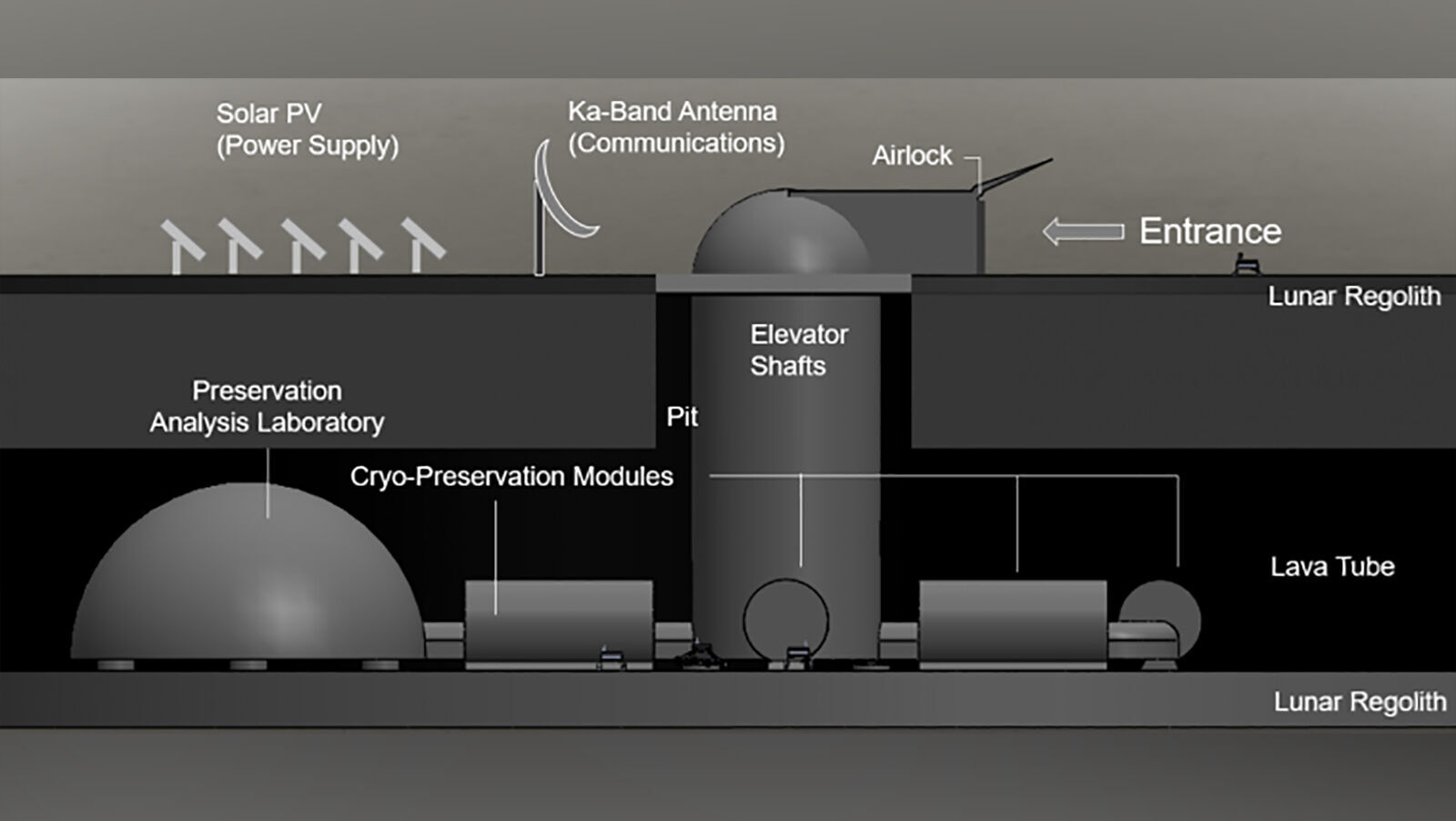

Scientists estimate that some 250 rocket launches would be needed to transport approximately 50 samples from each of 6.7 million species to be preserved to the Moon. Scientists envision the project being powered by solar panels and that elevator shafts would provide access to the underground ark, CNN reported. They added that the extremely low temperature underground would be suitable for storing the samples, according to IFL Science Scientists think the tubes – some 300 feet in diameter and formed when streams of lava melted through soft rock to form underground tunnels billions of years ago – could provide the perfect shelter for the ark, protecting it from solar radiation, surface temperature changes and micrometeorites. The network of 200 lava tubes beneath the surface of the Moon in which the ark would be stored was uncovered in 2013.
#Scientists doomsday vault moon how to
The scientists also admitted that they are not sure how a lack of gravity could affect preserved seeds, or how to communicate with an Earth base. They presented their idea at the recent IEEE Aerospace Conference, saying that the Moon would have the advantage of being removed from the “doomsday” scenario that could destroy the Earth, IFL Science reported. The researchers stressed that the idea is dependent on advancements in cryo-robotics technology and that any move to construct such a bunker is a long way off. They said the vault could protect the genetic materials in case of “total annihilation of Earth,” which would be triggered by a major drop in biodiversity. Because human civilization has such a large footprint, if it were to collapse, that could have a negative cascading effect on the rest of the planet.”ĭubbing their project a “modern global insurance policy,” the scientists’ plan is to fill the ark with millions of seed, spore, sperm and egg samples from Earth’s species that would be cryogenically preserved. “As humans, we had a close call about 75,000 years ago with the Toba supervolcanic eruption, which caused a 1,000-year cooling period and, according to some, aligns with an estimated drop in human diversity. “Earth is naturally a volatile environment,” said researcher Jekan Thanga, a professor of aerospace and mechanical engineering in the University of Arizona College of Engineering.


 0 kommentar(er)
0 kommentar(er)
